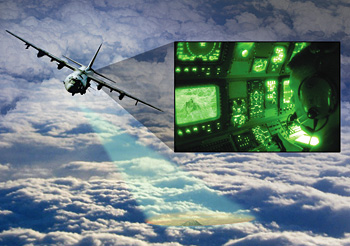INDIAN ARMED FORCES CHIEFS ON OUR RELENTLESS AND FOCUSED PUBLISHING EFFORTS

The insightful articles, inspiring narrations and analytical perspectives presented by the Editorial Team, establish an alluring connect with the reader. My compliments and best wishes to SP Guide Publications.

"Over the past 60 years, the growth of SP Guide Publications has mirrored the rising stature of Indian Navy. Its well-researched and informative magazines on Defence and Aerospace sector have served to shape an educated opinion of our military personnel, policy makers and the public alike. I wish SP's Publication team continued success, fair winds and following seas in all future endeavour!"

Since, its inception in 1964, SP Guide Publications has consistently demonstrated commitment to high-quality journalism in the aerospace and defence sectors, earning a well-deserved reputation as Asia's largest media house in this domain. I wish SP Guide Publications continued success in its pursuit of excellence.
- Indian Air Force Aims for Full Indigenous Inventory by 2047 — Air Chief Marshal A.P. Singh
- General Upendra Dwivedi takes over as the Chief of the Army Staff
- Rajnath Singh assumes charge as Defence Minister for the second consecutive term
- Admiral Dinesh K. Tripathi assumes Command of the Indian Navy as 26th Chief of the Naval Staff
- Prime Minister witnesses 'Bharat Shakti' – a Tri-Services Firing and Manoeuvre Exercise in Pokhran, Rajasthan
DARPA seeks technology to see through clouds for warfighter support

Warfighters who encounter enemy forces on the ground benefit from overhead aircraft support. Some capabilities are lost, however, when cloud-cover obscures the view. Typically, airborne weapon systems that use electro-optic (EO) sensors during support missions can’t “see” through clouds. DARPA’s video synthetic aperture radar (ViSAR) programme seeks to develop and demonstrate an extremely high frequency (EHF) targeting sensor which operates through clouds as effectively as today’s infrared (IR) sensors operate in clear weather.
“The goal is a synthetic aperture radar (SAR) that provides highresolution, full-motion video to engage manoeuvring ground targets through clouds or in the clear, without having to change tactics, techniques and procedures,” said Bruce Wallace, DARPA programme manager. “Ultimately, we intend to demonstrate a cloud-penetrating EHF sensor in a moveable gimbal that could be mounted on a variety of aerial platforms.”
DARPA seeks technology proposals in flight-worthy electronics, including power amplifiers and integrated receiver and exciters that are small enough to fit easily aboard aircraft. Another key proposal area is the development of new algorithms which could exploit the features of this sensor technology.
“We’re looking for proposers with advanced expertise in scene simulation software to simulate realistic synthetic EHF radar data sets,” Wallace said. “We anticipate that the system developer will use these raw data sets to test image formation, autofocus, detection and geolocation algorithms.”
The ViSAR system expects to create SAR images of the background at frame rates greater than currently available. In addition, the system should have ground moving target indicator (GMTI) capability to detect moving targets and reposition their returns in the correct location within the scene. The GMTI processing is done in parallel with SAR processing.





